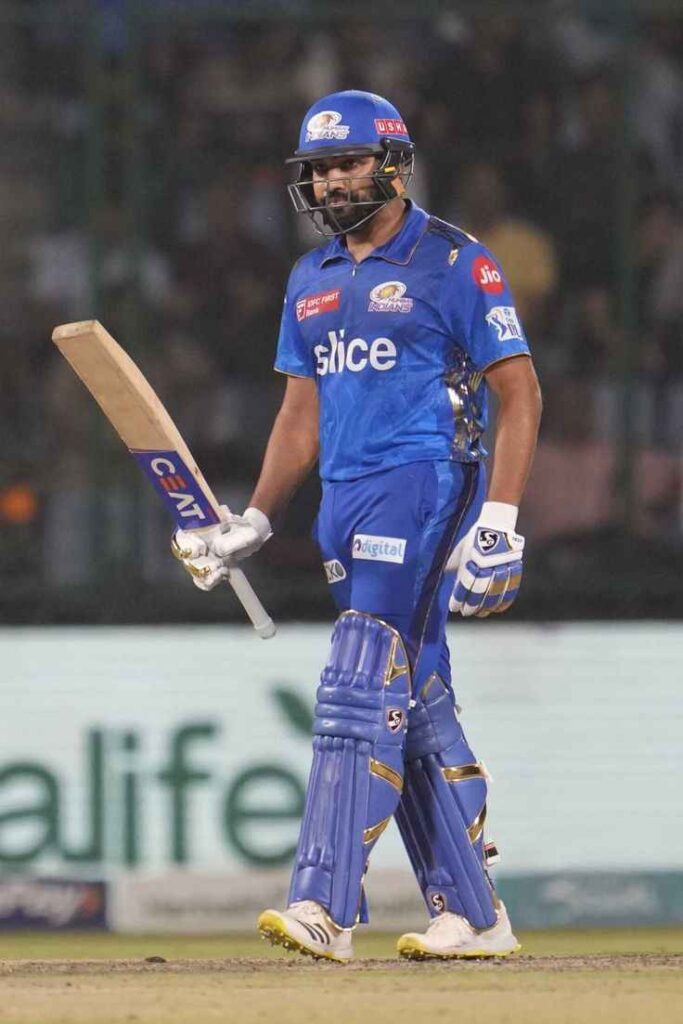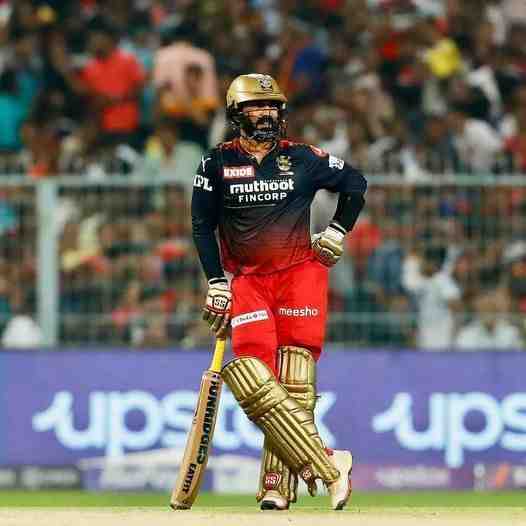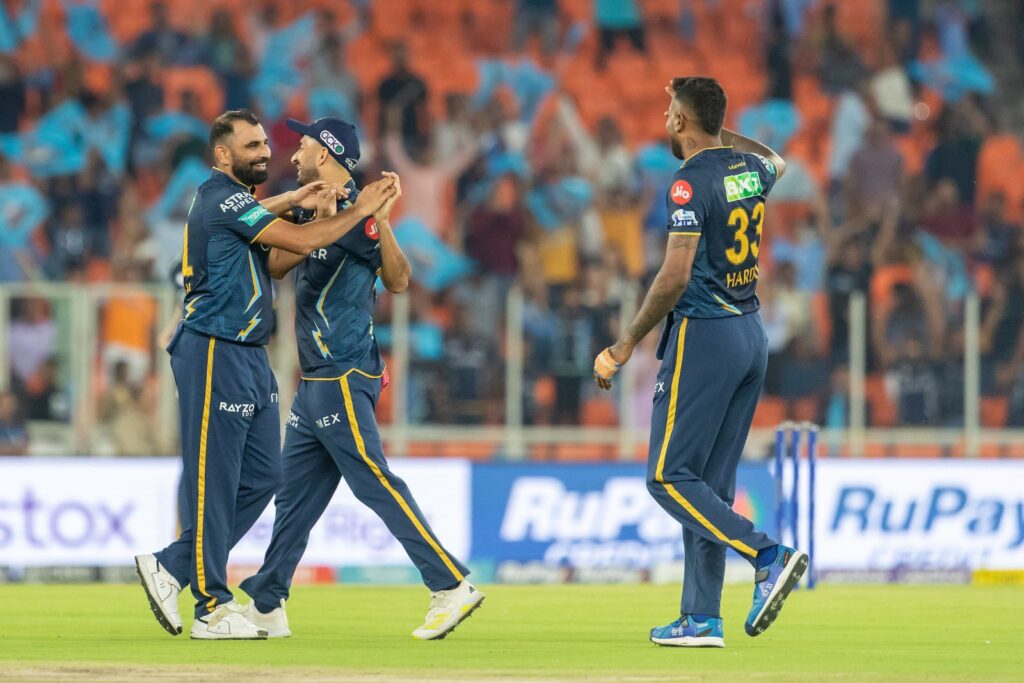
In the Indian Premier League, ducks are a common sight because of the league’s reputation for exciting and high-scoring matches. Over 200 strike rates and sixes are become the norm in the IPL. However, there is a record for the most ducks (with no runs scored) that is not as well-known. Here’s a look at the IPL batsmen who have been dismissed with no runs scored the most often.
In no other league will you see players—including bowlers—going for boundaries as soon as they step onto the field, making the Indian Premier League a batter’s paradise. This need to be explosive and post high run totals on the scoreboard, however, also leads to carelessness. Players frequently get out for zero runs when match pressure and poor form are added to the mix. In cricket, this is known as a duck and is the worst-case situation for any batter. Today, we discuss the IPL’s all-time list of players with the most ducks.
IPL 2023: Mumbai Indians skipper Rohit Sharma fell for mastermind MS Dhoni’s trap and recorded the most ducks in IPL history with 16. Rohit went out in the first over for a duck for the second straight IPL 2022 encounter (match 49).
IPL Zero Runs Scores
Being out for 0 runs is the worst mental blow a batsman can receive, especially if they are in the top order where they have the greatest responsibility. While batsmen’s average batting time is considerably shorter in the IPL than in other forms of cricket, they still enter the field with the goal of amassing huge runs and having an impact.
Players with the Most Ducks in IPL History (2008 – 2023)
The list of IPL players with the most ducks was just updated to include Rohit Sharma. This current encounter against CSK is only the latest in a string of bad fortune for the hitman.
Rohit Sharma

As a result of being outscored 0-for in back-to-back games, Rohit Sharma set a new IPL record for most ducks. The Indian cricket skipper is widely regarded as an offensive powerhouse, having led the Mumbai Indians to five IPL titles. Given this, his latest actions are completely ridiculous. In 232 innings, Rohit Sharma has made 16 ducks.
Sunil Narine

Sunil Narine has scored zero runs more often than any other player in IPL history. The seasoned member of the Kolkata Knight Riders (KKR) is an all-rounder who excels with the bat and the ball. He can successfully bat left-handed and spin the ball with his right arm. Narine can bat anywhere in the order, but he was traditionally utilised as an opener for KKR in the IPL. Either he had a few big hits, or he was fired. Narine can also hit in the middle of the lineup or even below. He has batted in 93 innings for the IPL and has been held scoreless 15 times.
Dinesh Karthik

In the Indian Premier League 2017 session, Dinesh Karthik has also gone scoreless 15 times.
List of Players with Most Ducks in the IPL History
| Position | Player Name | Ducks | Innings Played | Runs |
|---|---|---|---|---|
| 1 | Rohit Sharma (DC/MI) | 16 | 232 | 6063 |
| 2 | Sunil Narine (KKR) | 15 | 93 | 1038 |
| 3 | Mandeep Singh (DC/KKR/KXIP/PBKS/RCB) | 15 | 98 | 1706 |
| 4 | Dinesh Karthik (DC/GL/KKR/KXIP/MI/RCB) | 15 | 217 | 4475 |
| 5 | Ambati Rayudu (CSK/MI) | 14 | 182 | 4273 |
| 6 | Piyush Chawla (CSK/KKR/KXIP/MI) | 13 | 84 | 607 |
| 7 | Harbhajan Singh (CSK/KKR/MI) | 13 | 90 | 833 |
| 8 | Glenn Maxwell (DC/KXIP/MI/RCB) | 13 | 115 | 2581 |
| 9 | Parthiv Patel (CSK/DC/Kochi/MI/RCB/SRH) | 13 | 137 | 2848 |
| 10 | Ajinkya Rahane (CSK/DC/KKR/MI/RPS/RR) | 13 | 154 | 4298 |
| 11 | Manish Pandey (DC/KKR/LSG/MI/PWI/RCB/SRH) | 13 | 156 | 3781 |

